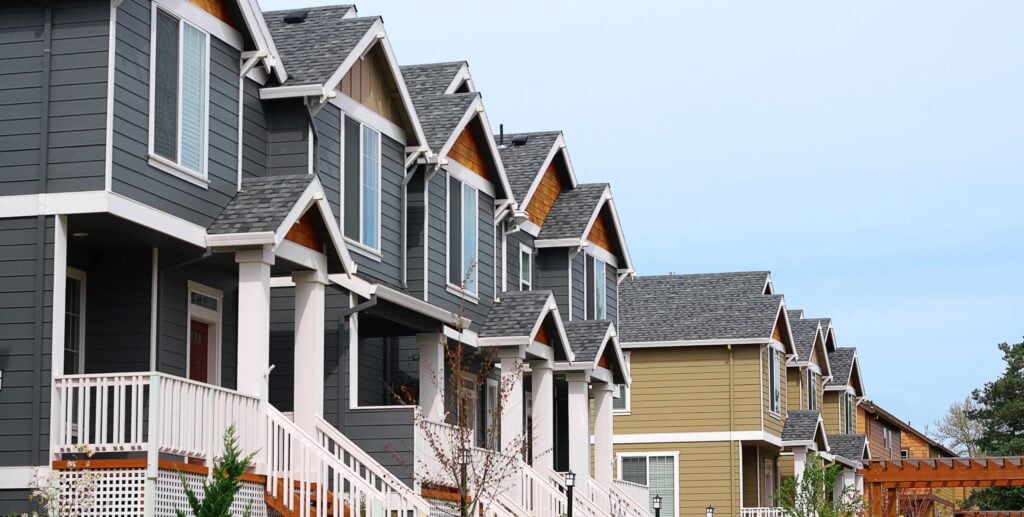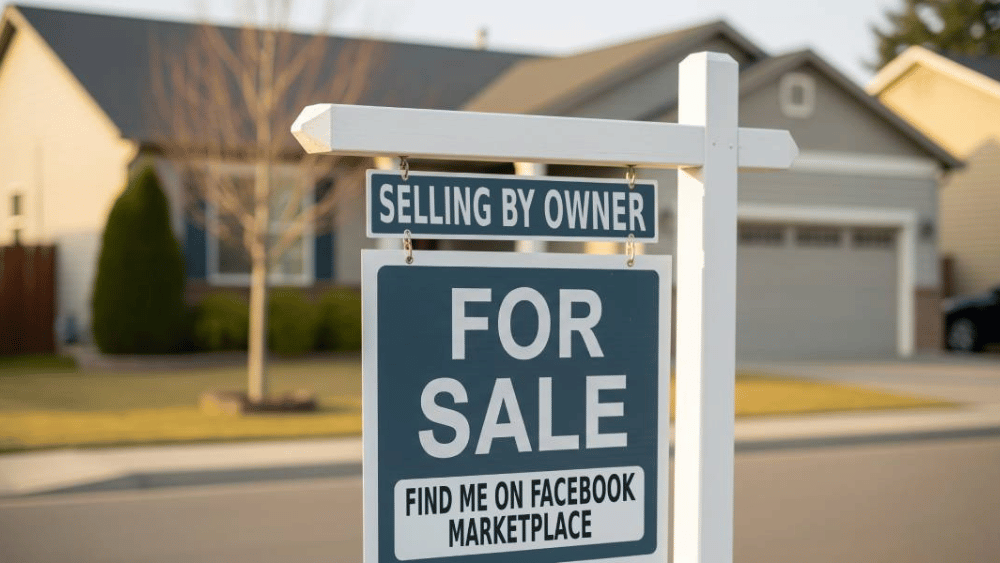Thousands of Aussie homes face coastal threat, some uninhabitable by 2050
Thousands of Australian homes, including those in new housing developments, are at significant risk from coastal erosion and rising sea levels, with some potentially becoming uninhabitable within decades.
An interactive online mapping tool, which reveals how melting ice sheets could inundate Australia’s coastline, has flagged numerous coastal communities as high-risk property investment zones. Some areas are likely to be underwater as early as 2050.
Global sea levels have risen by approximately 3.6mm per year over the past decade, exceeding the 20th-century average, according to the Royal Society. The Intergovernmental Panel on Climate Change (IPCC) predicts further increases are inevitable, with a rise of 15cm to 30cm expected in the next 25 years.
Climate Central’s risk screening tool indicates that Sydney localities such as Kurnell Beach, Towra Point, Cartler Island, Sydney Airport, and parts of Bondi Beach face regular flooding and erosion. In Melbourne, suburbs including Patterson Lakes, Aspendale, Docklands, and the Cheetham wetlands are under significant threat by 2050.
Rising sea levels could see Melbourne’s Docklands inundated by 2050. Source: Climate Central.
If modelling is anything to go by, Gold Coast beaches and suburbs could expect more flooding in the years ahead. Source: Climate Central.
Adelaide could see high-tide inundation of properties in Port Adelaide, Wingfield, Semaphore Park, Grange, and New Port. The Salisbury Council’s new City Plan 2035 report may also be affected. Key areas to watch in Brisbane include almost all coastal communities north of Wynnum and south of Thornside, as well as the Gold Coast. In Darwin, northern suburbs are most at risk.
Coastal property crisis looms: One in ten homes set to become uninsurable
A climate change-fuelled insurance crisis is looming for Australian homeowners, with new modelling predicting a dramatic increase in uninsurable properties.
Climate Valuation analysts warn that within the next decade, one in ten Australian homes will be effectively uninsurable due to the escalating risks of rising sea levels and extreme weather. Currently, around 380,000 properties are already deemed either uninsurable or unaffordable to insure, equating to about one in every 20 homes.
Rural and regional areas are already feeling the pinch, with community lawyer Denis Nelthorpe reporting instances of homeowners receiving exorbitant flood insurance premiums, effectively rendering them uninsurable, according to the ABC.
If you live in Adelaide, you may want to avoid the northern coastline. Source: Climate Central.
Airlines may want to invest in water planes if Sydney’s airport flood predictions are anything to go by. Source: Climate Central.
As insurance becomes unaffordable, property values are predicted to plummet, creating “mortgage prisoners” trapped in unsellable homes. Climate Valuation chief executive Karl Mallon warns that banks may begin refusing mortgage applications in high-risk zones, further exacerbating the crisis.
While some advocate for government intervention through premium caps and pooling arrangements, Mallon argues that prioritising property adaptation to withstand changing conditions, supported by national schemes to cover the costs, is a better solution.
Entire town at risk of coastal collapse
While most communities face the potential risk of severe flooding, for one Western Australian town, the reality of climate change is already hitting hard.
Lancelin is at serious risk of being washed away by aggressive coastal erosion, which has stripped more than 25m of land in the past year, endangering homes and lives. More than 10m of land has vanished since May alone. The erosion is so severe that a popular seaside lookout is scheduled for demolition due to safety concerns.
Locals say the coastline of Lancelin, north of Perth, is at risk of disappearing. Picture: 7News
“Without immediate intervention, the safety of the foreshore and the integrity of essential coastal infrastructure remain at serious risk,” said Glen Trebilcock, owner of the Lancelin Sands Hotel, who has launched a petition calling for emergency government funding.
Tourism, a key part of the local economy, is already suffering. Mr Trebilcock told 7News that six tour groups that once passed through daily have stopped coming altogether.
Gold Coast faces years of recovery after cyclone’s fury
Lancelin’s plight is not unique. One of Australia’s most beloved beachside holiday destinations is grappling with the aftermath of Cyclone Alfred, with experts warning it could take years for the Gold Coast’s iconic beaches to fully recover.
Four months after the cyclone, the city’s “A-Line” rock wall remains exposed in parts, concerning residents and tourists. “It’s just ruined the beaches, the high tide comes right up to the wall,” Main Beach local Rod Clutton told the ABC.
Erosion on Gold Coast beaches after Cyclone Alfred. Picture supplied by City of Gold Coast.
Despite a $30 million investment in sand-pumping, the recovery is slow. The Gold Coast City Council estimates a full recovery could take up to three years, describing Cyclone Alfred as the worst weather event to hit the city in 50 years, leaving beaches at their narrowest in a quarter of a century.
The erosion is staggering, with an estimated six million cubic metres of sand ripped from the coastline. Areas like Narrowneck Beach are particularly vulnerable, and the challenge now is to protect the iconic holiday destination for future generations.
Flood-prone housing developments spark national debate
A controversial housing development in Townsville, North Queensland, has ignited a national debate about the risks of building in flood-prone areas, prompting calls for governments across Australia to reassess their planning policies.
An ABC investigation revealed that homes are being built in areas known as “black zones,” which are subject to evacuation orders during floods, raising serious questions about the safety and insurability of these properties.
As Australia grapples with a housing affordability crisis, the Townsville case highlights a difficult trade-off: balancing the need for more housing with the increasing threat of extreme weather events exacerbated by climate change. Experts warn that continuing to build in high-risk areas could lead to unsustainable insurance costs and leave homeowners vulnerable to devastating losses.
Flash flooding in Townsville after heavy overnight rain. Daniel Leoni, with niece Bella McIlwain, 6, in Suttor Street outside their Mysterton home. Picture: Evan Morgan
The Queensland government’s role in approving these developments is now under scrutiny, with critics arguing for a more cautious approach to land sales and development approvals in flood-prone zones.
The debate is now extending nationally, with calls for a consistent, evidence-based approach to planning that prioritises community safety and long-term resilience over short-term development gains. The question now facing governments across the country is: How can Australia address the housing crisis while ensuring that communities are protected from the growing risks of flooding and other climate-related disasters?
Aussie town where land is ‘worthless’ due to sea level guidelines
In Victoria, the situation is equally concerning. Coastal landowners in Loch Sport are facing financial devastation as new climate change planning laws, factoring in rising sea levels, effectively render their vacant land “worthless”.
The policy shift is blocking new housing construction and wiping out property values, leaving owners trapped and local communities struggling. Henry and Veronica Luiz, who purchased land in the Gippsland district with retirement plans, are among those impacted. They’ve discovered their block now has “basically… zero value” after planning authorities retracted previous approvals due to the state’s flood plain management strategy. This strategy mandates new builds in low-lying areas account for a 0.8m sea level rise, on top of the existing 1.9m Australian Height Datum.
Properties in Loch Sport have become near worthless.
Real estate agent Rachelle Potts estimates 350 properties in the Wellington Shire area are affected, describing the impact as “devastating”. Owners who viewed their land as a “nest egg” for retirement are now facing significant losses.
A petition demanding a review of the regulations and compensation for affected landowners has garnered over 1200 signatures. Nationals Member for Gippsland South, Danny O’Brien, has also taken the issue to parliament, seeking clarity from the government.
While coastal geomorphologist David Kennedy defends the overlays as a “conservative estimate”, the Victorian government insists the policy protects lives by preventing construction in vulnerable areas. However, the policy is sparking outrage and raising questions about the future of coastal communities in the face of climate change.



















 English (US) ·
English (US) ·